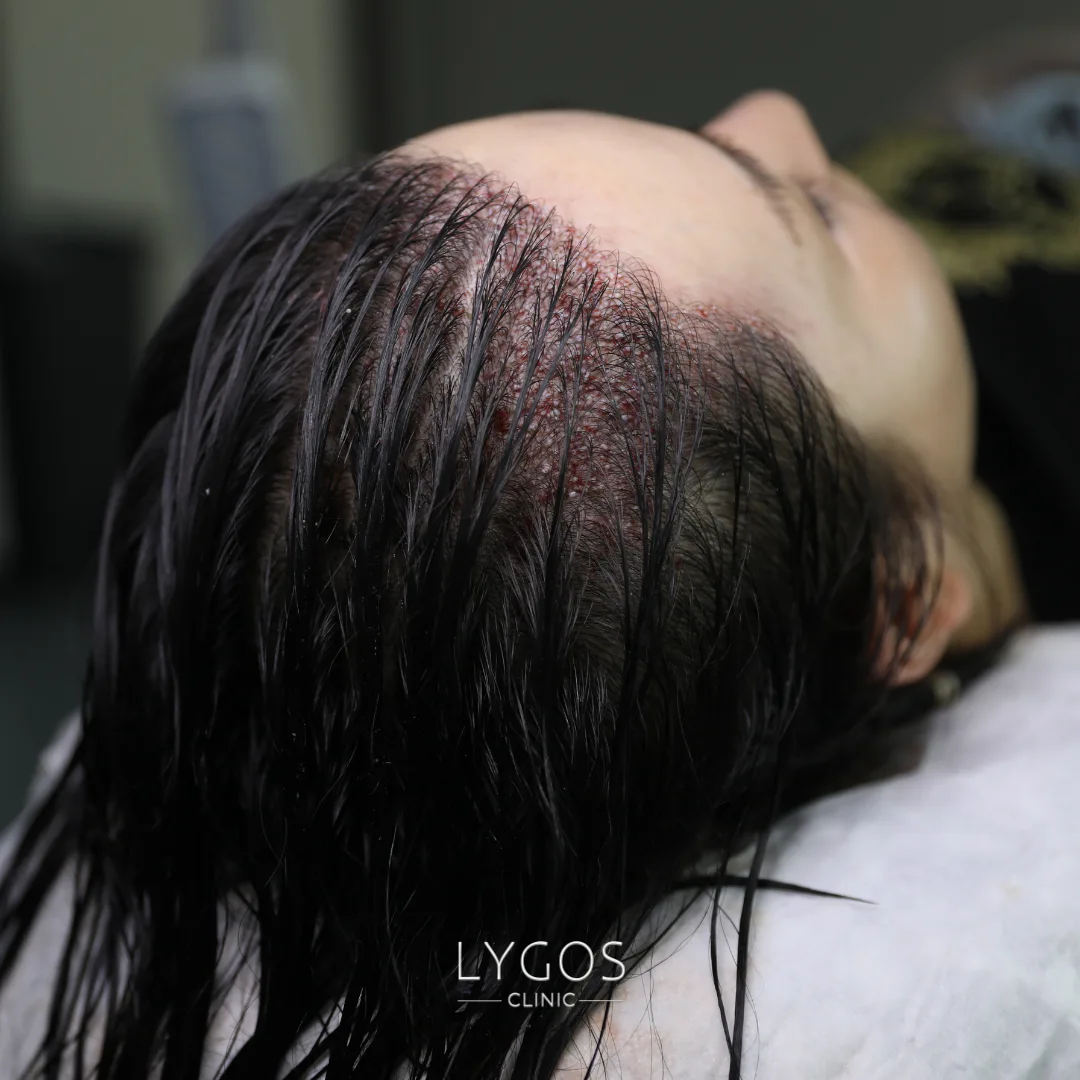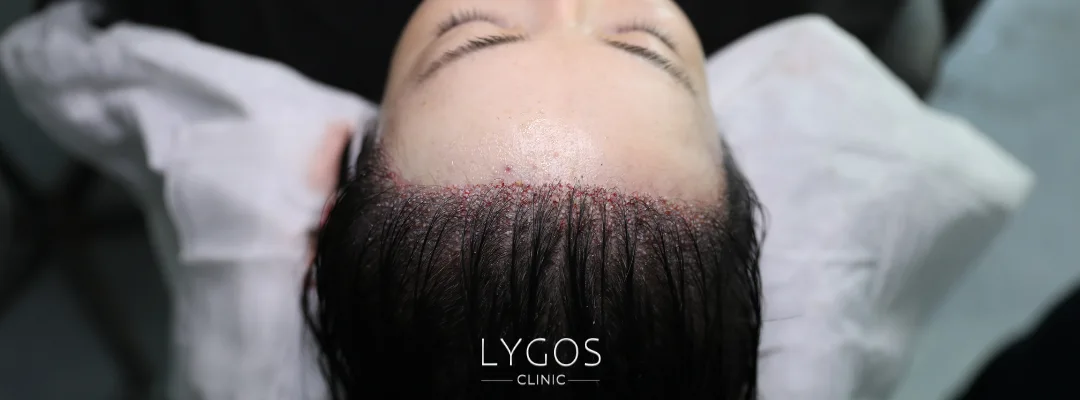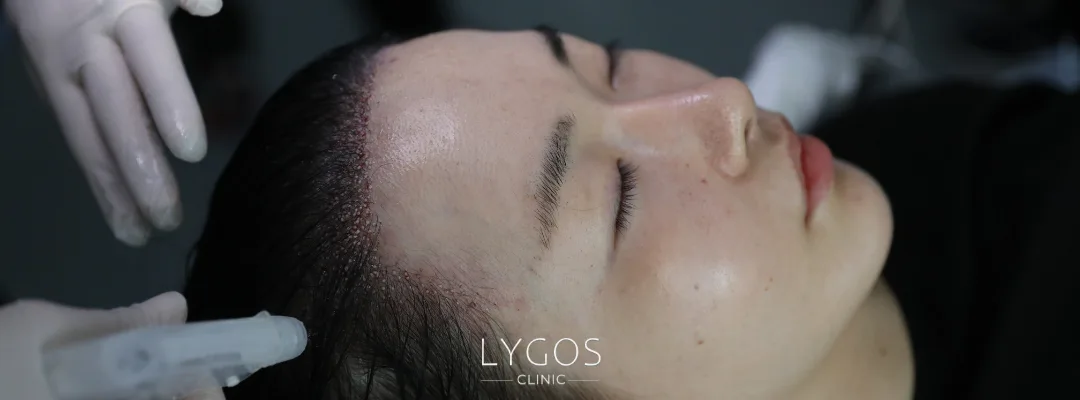Shaven-Free Hair Transplant | Advantages and Disadvantages

Chose Your Topic
Shaven-Free Hair Transplant
Hair loss is one of the most important aesthetic problems affecting self-confidence in both men and women. Thanks to advancing technology and modern medical methods, hair transplantation can now be performed with more natural and personalized solutions. One of these methods, which has become increasingly popular in recent years, is the shaven-free hair transplant. It offers great advantages especially for people who do not want to take a break from their social life, have aesthetic concerns, or do not want interruptions in their daily routines. So, what exactly is shaven-free hair transplantation, who is it suitable for, and how is it performed? Let’s take a closer look.

What is Shaven-Free Hair Transplant?
As the name suggests, a shaven-free hair transplant is a method where the area to be transplanted does not need to be fully shaved. In traditional hair transplant operations, the donor area and the transplantation area are usually shaved. However, with the shaven-free method, only a very small area is trimmed, or no shaving is done at all.
This way, after the procedure, the person can comfortably continue their daily life without it being obvious that they had a hair transplant. It is especially attractive for people who are active in their professional life or have high aesthetic concerns.
Who is Shaven-Free Hair Transplant Suitable For?
Shaven-free hair transplant may not be suitable for everyone. Therefore, an assessment by a specialist doctor is necessary. In general, it is suitable for:
- Those with limited hair loss: Ideal for individuals with hair loss in smaller areas.
- Women: Since full shaving is usually not preferred for women, the shaven-free method is more appropriate.
- People who cannot take a break from social life: Practical for individuals who are active in business, attend frequent meetings, or work in public roles.
- Those with high aesthetic concerns: A discreet solution for people who do not want others to notice they had a hair transplant.
- Those seeking faster recovery: Since the method is less traumatic, the healing process is relatively quicker.

Advantages and Disadvantages of Shaven-Free Hair Transplant
Like all aesthetic procedures, shaven-free hair transplantation has both pros and cons.
- Advantages
- Invisibility: It is not immediately obvious that the person had a hair transplant.
- No disruption to social life: The person can easily continue work, social life, or attend special occasions.
- Faster recovery: Compared to shaved methods, it offers a more comfortable healing process.
- Ideal for women: Since the hair doesn’t need to be cut short, women often prefer this technique.
- Natural look: The transplanted hair blends better with the existing hair.
- Disadvantages
- Time-consuming: The operation takes longer compared to shaved hair transplants.
- More costly: Since it requires more precision and meticulous work, the price is usually higher.
- Not suitable for extensive hair loss: For advanced baldness, traditional shaved methods are preferred.
- Limited donor area: Since only a small donor area is used, a high number of grafts cannot be transplanted.
Techniques in Shaven-Free Hair Transplant
Shaven-free hair transplantation can be performed with different techniques. The choice of method depends on the patient’s hair structure, the degree of hair loss, and the doctor’s preference.
- 1. FUE (Follicular Unit Extraction) Shaven-Free Method
- Hair follicles are individually extracted from the donor area using micromotors.
- Extracted follicles are implanted into thinning or bald areas.
- Provides a natural appearance but takes longer.
- 2. DHI (Direct Hair Implantation) Shaven-Free Method
- Special implanter pens are used to directly place follicles into the recipient area.
- No incisions are required, so the recovery process is faster.
- Particularly effective for achieving higher density in smaller areas.
- 3. Partial Shaving Method
- Only a small section of the donor area is shaved.
- The surrounding hair covers this trimmed area, making the procedure unnoticeable.
Differences Between Shaven and Shaven-Free Hair Transplant
There are significant differences between the two methods in terms of procedure and results:
- Visibility:
- Shaved method: The operation is easily noticeable.
- Shaven-free method: The transplant is not obvious.
- Duration:
- Shaved method: Faster to complete.
- Shaven-free method: Takes longer.
- Cost:
- Shaved method: More economical.
- Shaven-free method: More expensive due to detailed work.
- Coverage:
- Shaved method: Suitable for larger bald areas.
- Shaven-free method: Preferred for small to medium hair loss.
- Comfort:
- Shaven-free method: Does not disrupt social life.
- Shaved method: The shaved appearance during healing may cause discomfort.

Shaven-Free Hair Transplant Costs
The price of shaven-free hair transplant varies depending on several factors:
- Technique used (FUE, DHI, etc.)
- Number of grafts transplanted
- Clinic and doctor’s experience
- City and clinic location
In general, shaven-free hair transplantation is more expensive than traditional methods. The main reasons are that the procedure is more time-consuming, requires greater effort, and demands specialized expertise. Exact costs are determined after a personal consultation. Therefore, individuals considering hair transplantation should consult a reputable clinic to receive the most accurate cost assessment tailored to their needs.
Shaven-free hair transplant is a very attractive option for those with aesthetic concerns or who cannot afford to pause their social or professional lives. With its natural look, quick recovery, and comfortable process, it provides successful results for the right candidates. However, it may not be suitable for everyone, so a specialist’s personalized evaluation is essential.
Shaven-Free Hair Transplant Frequently Asked Questions (FAQ)
No. This method is generally suitable for people with limited hair loss, high aesthetic concerns, or those who cannot pause their social life. For patients with advanced baldness, shaved hair transplant is more appropriate.
In most cases, the individual can return to daily life within a few days. Temporary side effects such as scabbing and redness disappear within 1–2 weeks.
Usually, a limited number of grafts are transplanted, since the donor area is small. Large-scale transplants are not suitable for this method.
Yes. In fact, since women generally prefer not to have their hair fully shaved, this method is most commonly chosen by female patients.
Yes. When performed with the right technique and by an experienced specialist, shaven-free hair transplant provides permanent results. The transplanted hair follicles do not fall out and continue to grow naturally.



